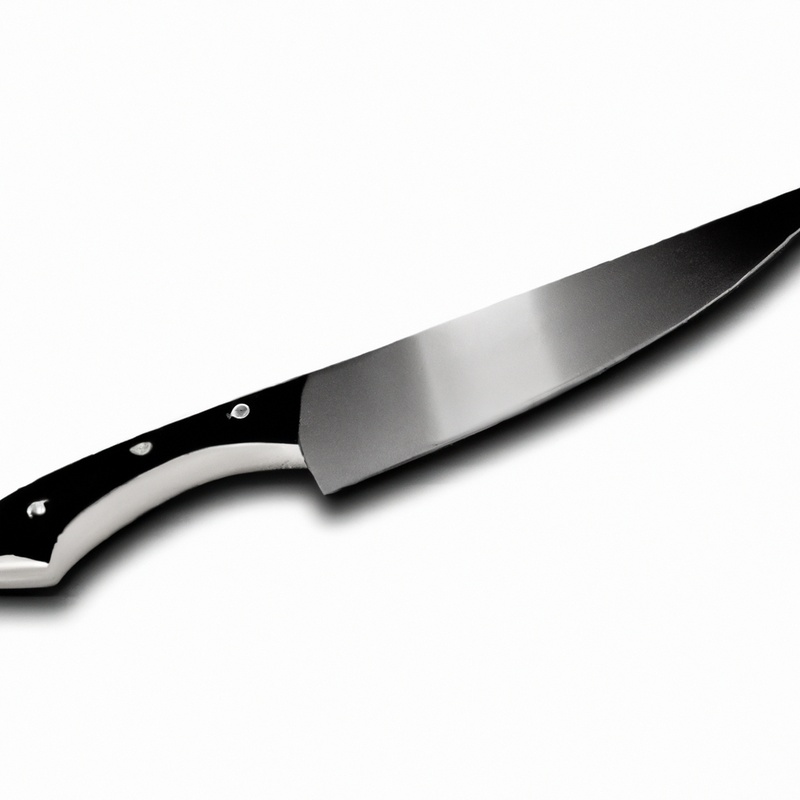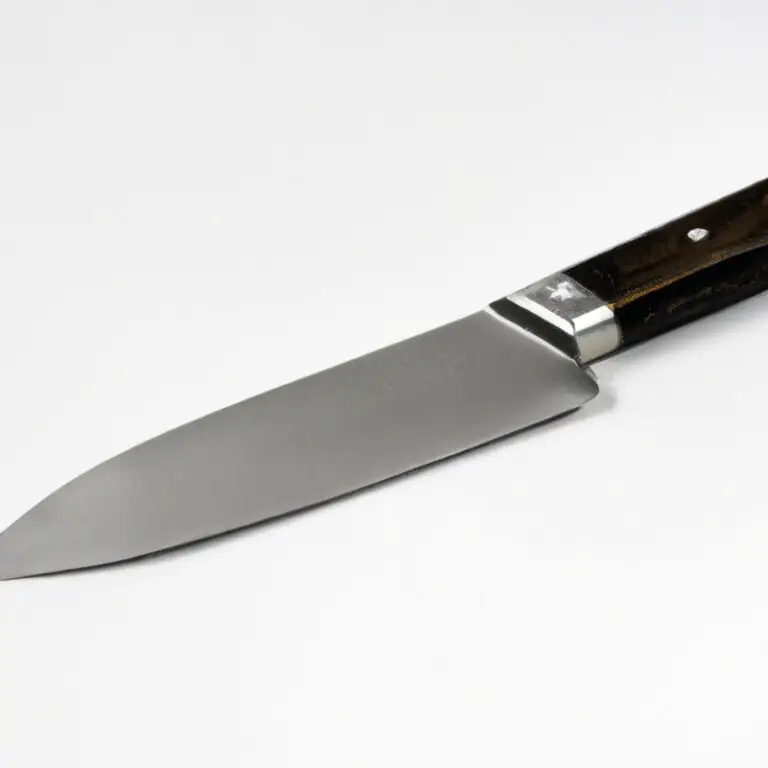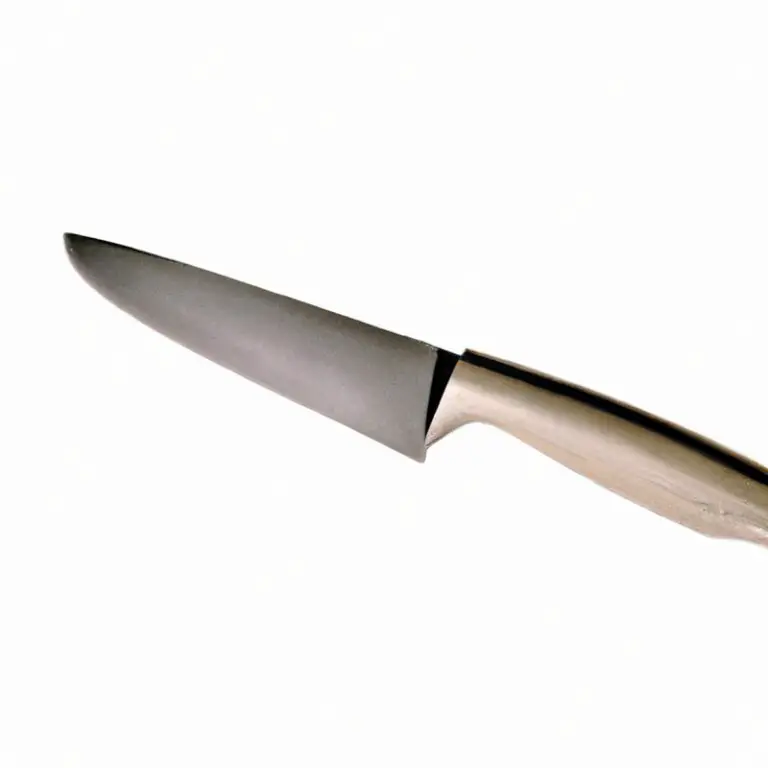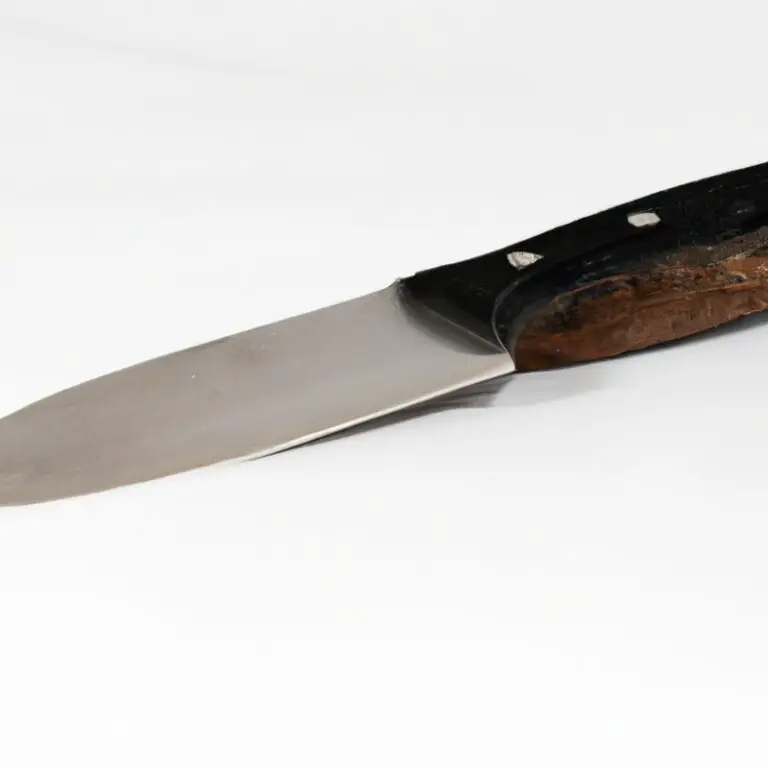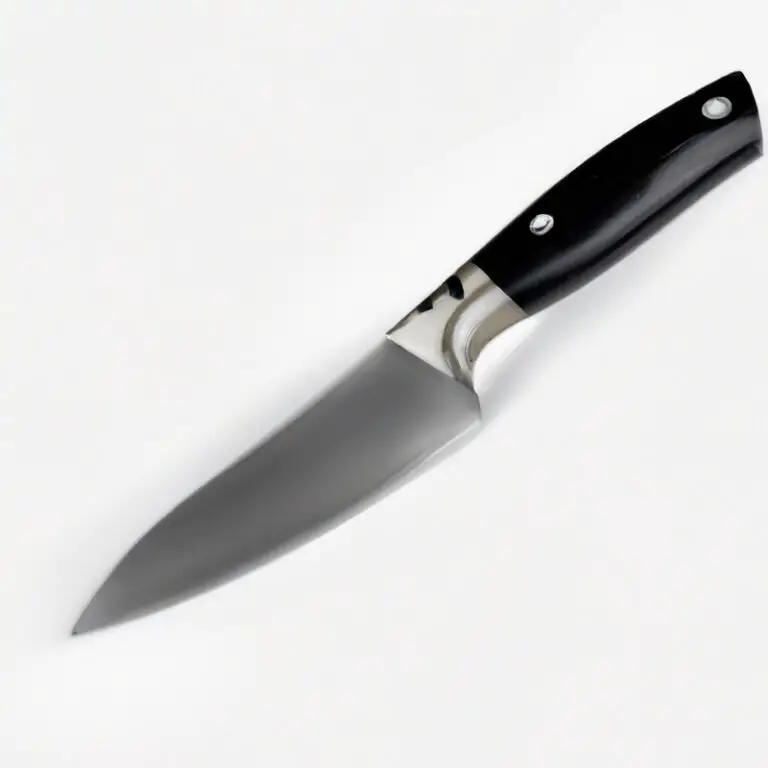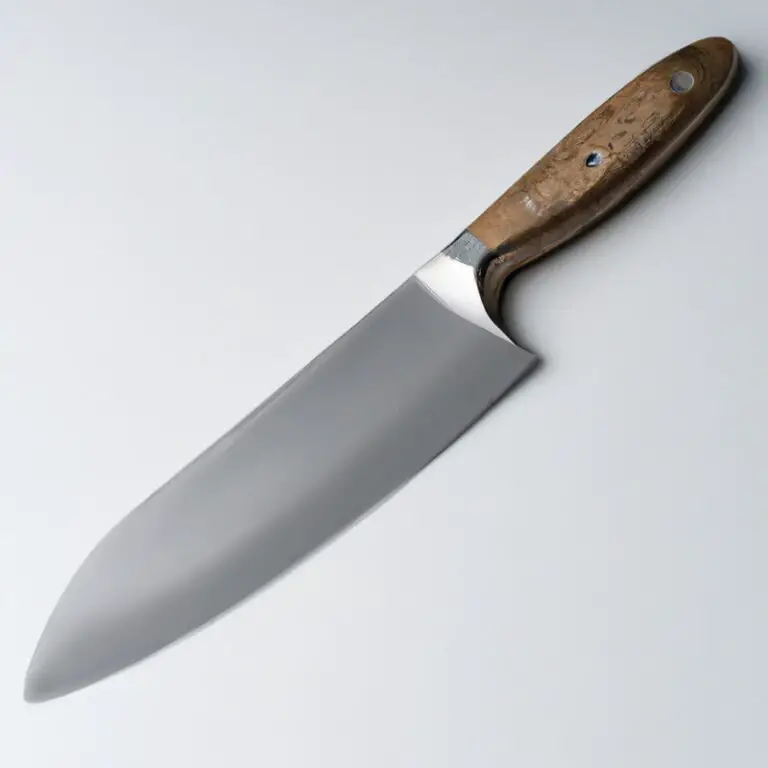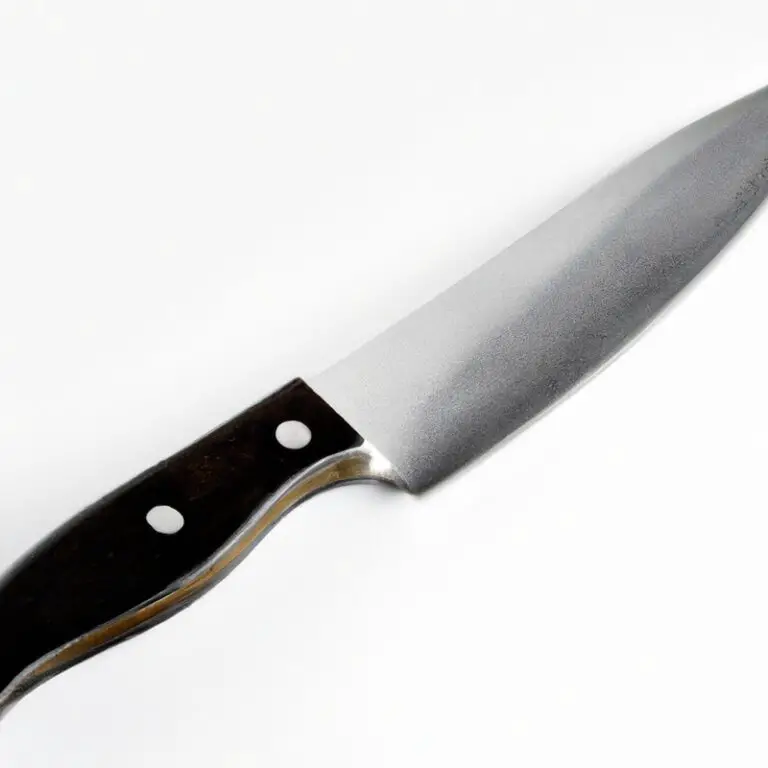How To Fillet a Trout Using a Fillet Knife? Try This Simple Technique For Perfectly Filleted Fish Every Time!
Key Takeaways:
- Use a sharp fillet knife to reduce the risk of injury while filleting a trout.
- Begin by cutting the trout’s head off and then make a cut along the backbone to remove the fillet.
- Remove any remaining bones from the fillet using a pair of pliers or tweezers.
- With practice and patience, you can become proficient at filleting trout using a fillet knife.
There’s nothing quite like the taste of perfectly cooked trout, but getting there takes some effort, including filleting the fish. Filleting a trout can be a daunting task, but with the right techniques, some practice, and the appropriate tools, you can get it done like a pro.
In this article, I’ll walk you through the step-by-step process of filleting a trout using a fillet knife.
From choosing the right knife to removing the skin and bones, you’ll learn everything you need to know about filleting trout. So, let’s dive in and get started!
| Steps | Description |
|---|---|
| Step 1 | Remove scales of the trout using a fish scaler or the back of a knife, then rinse it under cold water. |
| Step 2 | Make a cut behind the gills and along the top of the fish’s head down to the spine using the fillet knife. |
| Step 3 | Turn the blade of the fillet knife to the side and continue cutting along the spine, separating the meat from the bones. |
| Step 4 | When the fillet is almost completely separated, use the knife to cut through the small bones near the tail to release the fillet completely. |
| Step 5 | Repeat the previous steps to fillet the other side. |
Choosing the Right Fillet Knife for Trout
Choosing the right fillet knife for trout is crucial to get the job done right. A good fillet knife should have a thin, flexible blade with a sharp edge to easily glide through the fish’s flesh.
Generally, blade sizes between 6 to 9 inches are perfect for handling trout.
You can choose between an electric or a manual fillet knife, depending on your preference. However, most professional fishers recommend manual knives as they provide better control and precision.
When selecting a blade material, look for high-carbon stainless steel as it is durable, rust and corrosion-resistant, and holds a sharp edge for longer.
A handle that provides a comfortable and secure grip, even when wet, is also paramount. Choosing the right fillet knife for trout entails seeking a thin, flexible blade with a sharp edge, a blade size of between 6 to 9 inches, a high-carbon stainless steel blade material, and a comfortable and non-slip handle.
Preparing the Trout for Filleting
Before you begin filleting a trout, you must prepare it properly. Start by scaling the fish using a scaler or the back of a knife.
Rinse it thoroughly and remove the head and tail.
If the fish has not been gutted, use a sharp knife to open its belly and remove the guts. Once gutted, rinse it again to remove any remaining debris.
You can also remove the fins using scissors or a knife.
Pat the trout dry with paper towels before starting the filleting process. Properly preparing the trout will make filleting easier and more efficient while also enhancing the overall flavor of the fish.
Starting the Filleting Process
To start the filleting process, first, place the trout on a clean and flat surface. Hold the fish tightly with your non-dominant hand, with the head pointing away from you.
Take your fillet knife and insert the tip just behind the gills and cut down toward the spine, slicing through the skin and flesh but not through the bone.
Turn the knife and run it along the spine, carefully separating the flesh from the bone. Continue to slice the flesh along the length of the fish, keeping the blade against the bones to remove as much meat as possible.
When you reach the tail, remove the fillet by cutting through the skin using a sawing motion.
Repeat the process on the other side and dispose of the head, bones, and skin appropriately.
Removing the Trout’s Rib Cage
To remove the rib cage of the trout, make an incision along one side of the rib cage with the fillet knife, cutting down towards the spine. Then, use the blade to scrape the rib bones, separating them from the flesh.
Repeat the process on the other side of the fish.
When done, the fillet should lift off effortlessly. Remember to discard the rib cage and any remaining bones once the fillet is removed.
Removing the Skin from the Fillet
To remove the skin from the trout fillet, place the fillet skin-side down on a flat surface. Starting at the tail end, insert the fillet knife between the skin and flesh at a shallow angle.
Hold the skin firmly with one hand and gently pull the knife towards the opposite direction with the other hand.
Continue this process, keeping the knife blade as close to the skin as possible, until all the skin has been removed from the fillet. If you encounter any bones along the way, use the tip of the knife to free them from the flesh.
Repeat this process on the other side of the trout fillet.
Once the skin is removed, the fillet is ready to be trimmed and any remaining bones removed.
Trimming the Filleted Trout
After removing the skin from the fillet, the next step is to trim the filleted trout. This involves removing any remaining bones and trimming off any excess fat.
To remove the bones, run your finger over the fillet to feel for any remaining pin bones.
Then, use a pair of pliers or tweezers to gently pull out the bones. Once the bones are removed, use a sharp fillet knife to trim off any excess fat or meat.
This will help ensure that the fillet is clean and free from any unwanted parts.
It’s important to be careful when trimming the fillet, as you don’t want to remove too much meat. Once the fillet is trimmed, you can use it for a variety of dishes, such as grilling, baking or even sushi.
If you’re not planning to use the fillet right away, it’s best to store it in the refrigerator or freeze it for later use.
Overall, trimming the filleted trout is a simple process that requires a bit of patience and precision. With practice, you’ll be able to trim the fillet like a pro and have a delicious meal in no time.
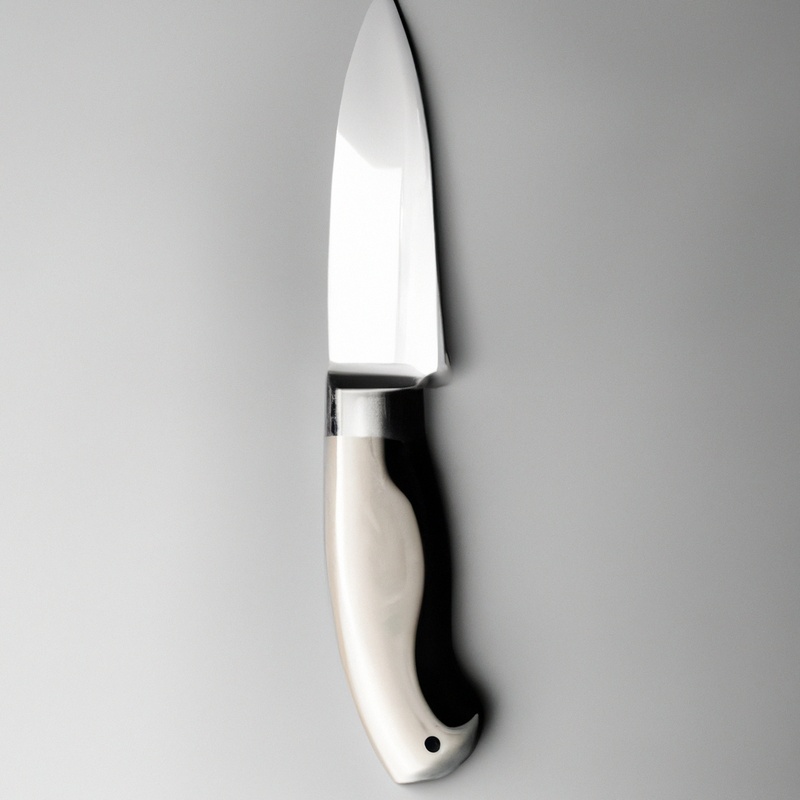
Removing any remaining bones
After removing the skin from the fillet, there may be some remaining bones in the flesh. Using needle-nose pliers or fish bone tweezers, carefully remove any remaining bones.
Run your fingers along the fillet to make sure it is bone-free before cooking.
It’s important to remove all bones to ensure a safe and enjoyable dining experience. Take your time to avoid any accidents and have a successful filleting experience.
Tips for Advanced Trout Filleting
Tips for Advanced Trout Filleting:
- Use a sharpening stone or honing rod to keep your fillet knife sharp.
- Consider using a flexible blade for easier maneuvering around bones and skin.
- Use a cutting board with a non-slip surface to ensure safety and precision.
- When removing the skin, use a gentle back and forth sawing motion to avoid tearing the flesh.
- Use fish pliers or tweezers to remove any tiny bones that may have been missed during the initial filleting process.
- If you plan to cook the fish whole, remove the head and tail after filleting to make it easier to stuff and cook.
- Practice makes perfect, so keep practicing and experimenting with different techniques to find what works best for you.
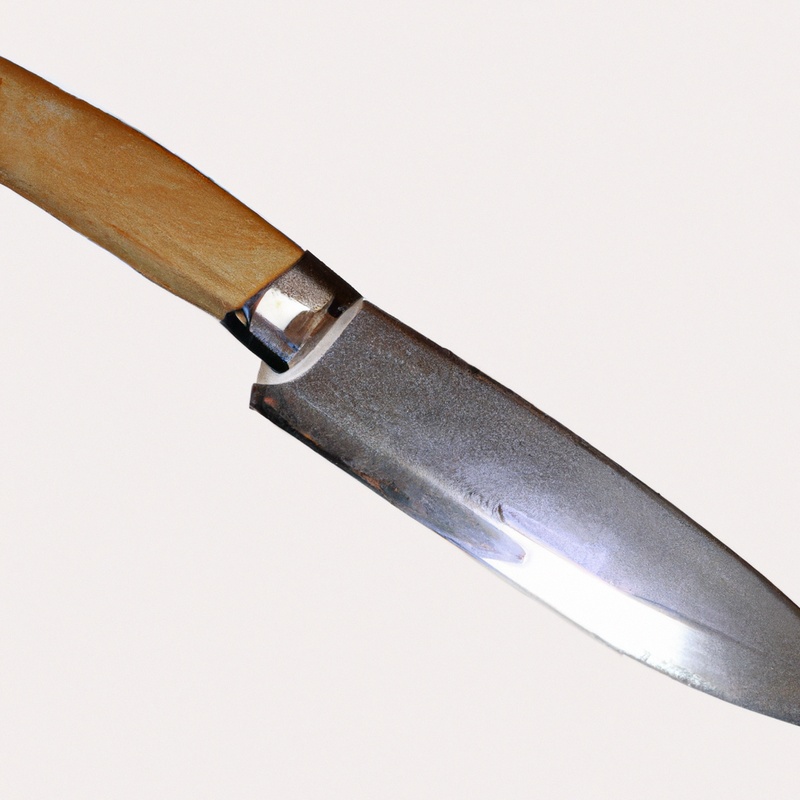
Safety Precautions to Take during Trout Filleting
Safety should always be top of mind when filleting a trout. Here are some key safety precautions to take during the process:
- Use a sharp fillet knife to avoid slipping and accidentally cutting yourself.
- Place the trout on a flat, stable surface before starting the process.
- Keep your fingers and other body parts away from the blade at all times.
- Use a cutting board to prevent damage to your work surface.
- If you’re new to filleting, consider wearing a protective glove to reduce the risk of injury.
- Always cut away from your body and towards the head when filleting the trout.
- Keep the blade pointed downwards when carrying the knife to avoid injury to yourself or others.
By following these guidelines, you can ensure a safe and enjoyable experience while filleting your trout.
Final Verdict
In conclusion, learning how to fillet a trout using a fillet knife is an essential skill for any angler or home cook who wants to enjoy the delicious meat of this popular fish. By choosing the right fillet knife, preparing the trout, and following the steps of the filleting process, you can achieve perfectly filleted trout with ease.
Remember to take the necessary safety precautions during filleting to prevent accidents and injuries.
With practice and attention to detail, you can also master advanced techniques, such as removing any remaining bones and achieving perfect skinless fillets. By following the tips and techniques outlined in this article, you can confidently prepare a delicious and visually appealing filleted trout for your next meal or fishing trip.
Keep honing your skills and enjoy the satisfaction of watching your filleting abilities improve over time.
Happy filleting!

